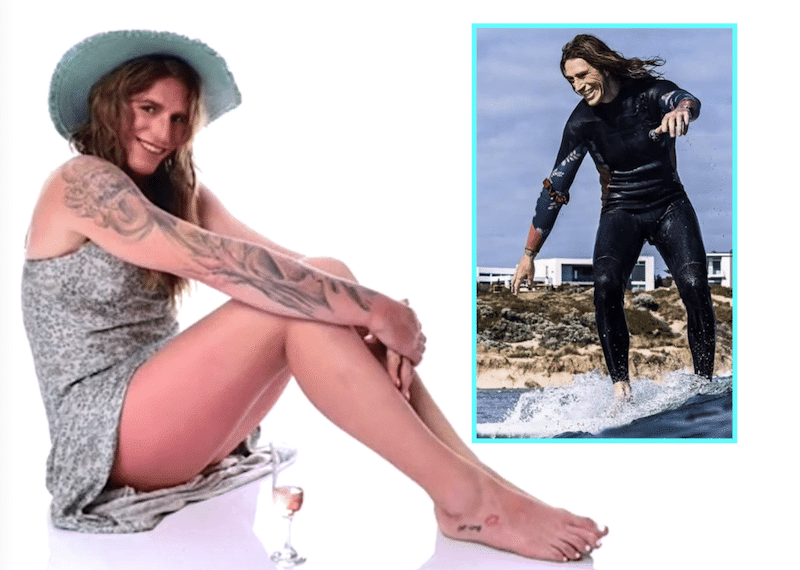"A culture of inclusivity that embraces everyone lie at the heart of each sport!"
Happy joy news spread through surfing faces, most recently, with the unexpected announce that exploding telephone conglomerate Samsung would be sponsoring the World Surf League, once again, ahead of big Olympic summer. Surf fans will no doubt remember the Korean megabrand’s first toe water into King Sport almost ten years ago when a pre-troubled Gabriel Medina was given talking surfboard friend.

The World Surf League had only just been rebranded then and hope plus optimistic were in plenty supply.
“Unlike other sports, in professional surfing, the athletes are away from the fans from their country almost the entire year. Even during practice, surfers spend hours out at sea, while their coaches are on the shore. These distances are obstacles to the athletes’ evolution and motivation. With the help of Samsung’s technology, we created the Galaxy Surfboard, a board that will connect Medina with his coach and fans while he’s out in the water, in real time,” said Marcelo Reis, co-president of Leo Burnett Tailor Made statement.
While the talking surfboard friend did not make a major impact, new exciting plans are in the play with Stephanie Choi, EVP & Head of Marketing of Mobile eXperience Business at Samsung Electronics, declares, “Surfing, skateboarding and breaking, though proudly unique, share a foundation. Open mindset to try new things, the determination to push the limits of what’s possible and a culture of inclusivity that embraces everyone lie at the heart of each sport. These attributes are something we at Samsung are also passionate about, and we are honored to support these three organizations and their athletes and recognize their communities — not only as the countdown to Paris 2024 continues, but as they work to open their sports to the world every day.”

Open mindset to try new things to the moon.
No word how quietly disappeared World Surf League partner Apple feels about dynamic relationship poking.
More later.








